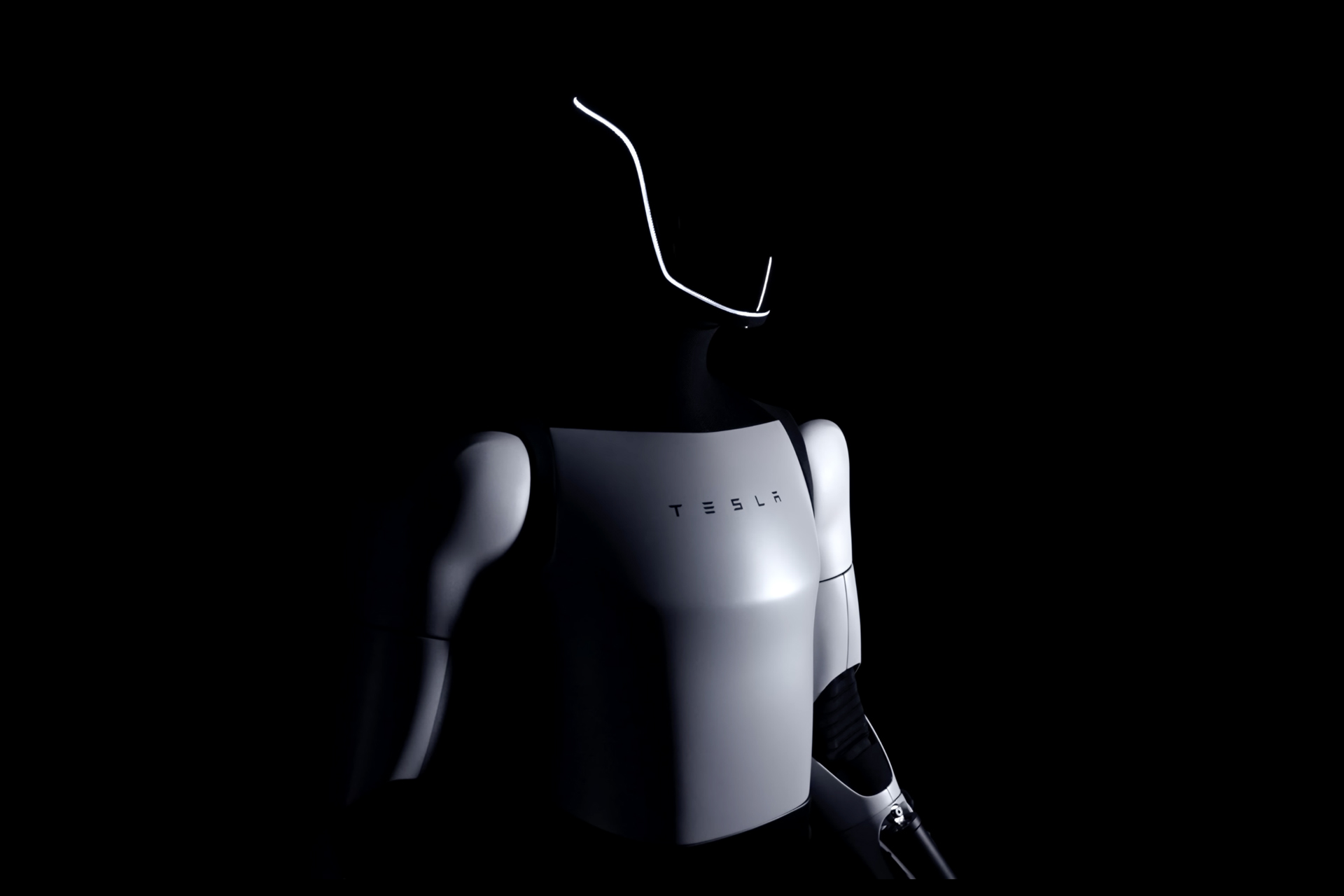On August 6, Figure AI launched its second-generation humanoid robot, Figure 02, not through a typical press conference but via the social media accounts of the company and its CEO. Despite this unconventional approach, the announcement captured global attention.
Touted as the strongest humanoid robot yet, Figure 02 stands at 1.70 meters tall and weighs 70 kilograms. The team at Figure AI designed a modern exoskeleton for the robot, closely resembling humanoid robots envisioned in popular culture. Compared to its predecessor, Figure 02 appears more ready for market deployment. Improvements also include hidden wiring and concentrated interfaces in the limbs, preventing tripping hazards in factory settings.
According to Figure AI, the team nearly reconstructed Figure 02, enhancing its eyes, brain, limbs, and more. The robot boasts more powerful visual, perceptual, and interactive abilities than Figure 01. Its hands, wrists, and fingers have 16 degrees of freedom, with strength comparable to human hands, capable of performing various actions.

Figure 02 is equipped with six RGB cameras on its head, front torso, and back torso, constructing a comprehensive artificial intelligence-based vision system. The robot’s “brain,” developed in collaboration with OpenAI, allows it to interact directly with humans through built-in speakers and microphones. Its visual language model (VLM) can semantically understand and perform commonsense visual reasoning.
Figure 02 also surpasses human abilities in certain aspects. It is equipped with a 2.25 kilowatt-hour battery, enabling it to work continuously for over 20 hours, a 50% improvement over the previous generation. Additionally, it features a stronger CPU and GPU, tripling the computing and reasoning abilities of Figure 01.
These improvements are exciting, especially considering Figure 01’s capabilities. Previously, the robot impressed by handing an apple from a table after being instructed to provide something to eat. This capability highlights the robot’s ability to not only understand words but also visually recognize objects and what they represent.
Historically, humanoid robots were more about showcasing advanced technology rather than practical application. Now, they are finally making significant strides, with factories as their first stop. Figure AI’s strategy mirrors Tesla’s Optimus, starting with the labor-intensive and less desirable settings of automotive factories.
In January, Figure AI announced a collaboration with BMW to deploy robots in the latter’s automotive manufacturing facilities, claiming that its robots can autonomously complete real-world tasks that are difficult, unsafe, or tedious. This was showcased in an application where the robot took ten hours to learn to brew coffee, showcasing human-like accuracy in interacting with its environment. Figure 02 has subsequently demonstrated similar abilities in a demo, walking steadily in a factory and freely transporting car parts.
However, factories are just the beginning. Brett Adcock, Figure AI’s founder, outlined in the company’s master plan that the ultimate goal is to pave the way for humanoid robots to enter workplaces and homes.
Founded in 2022 by Adcock, Figure AI has since risen to become a Silicon Valley sensation. Having committed the next three decades to maximizing impact on human utility. Figure AI has launched two products under Adcock’s charge in just two years, targeting application scenarios including warehouse management, logistics distribution, and healthcare.
Figure AI has attracted significant investment, raising USD 730 million to date. The most recent Series B funding round secured USD 675 million from investors including Intel, OpenAI, Amazon, Nvidia, Ark Invest, Parkway Capital, and Align Ventures, among others, bringing the company’s valuation to USD 2.6 billion. OpenAI is not only an investor but a major partner, aiming to build a general-purpose humanoid robot that is both structurally and intellectually robust.
With Silicon Valley’s capital and cutting-edge technology converging on humanoid robots, it may very well be a clear sign that humanity is edging closer to a new technological era.
From this year’s participation in the Nvidia GTC and the World Artificial Intelligence Conference (WAIC) to its latest product launch, Figure AI’s trajectory aligns with the prediction of Nvidia CEO Jensen Huang: the era of robots has arrived, and embodied intelligence could be the next wave of AI.
KrASIA Connection features translated and adapted content that was originally published by 36Kr. This article was written by Annabella Chang for 36Kr.

